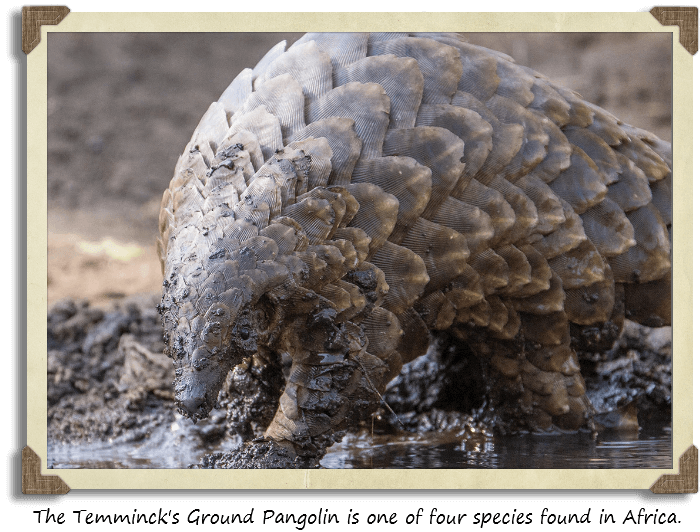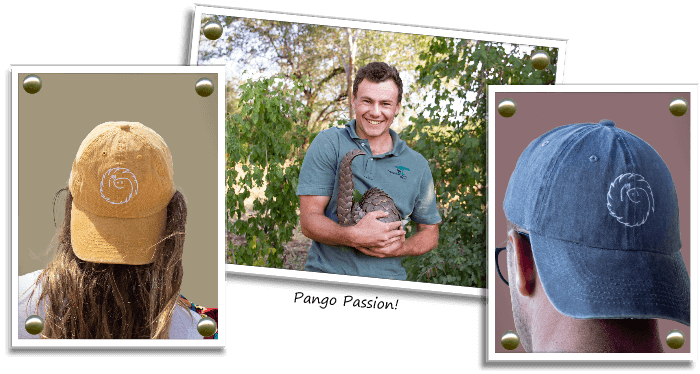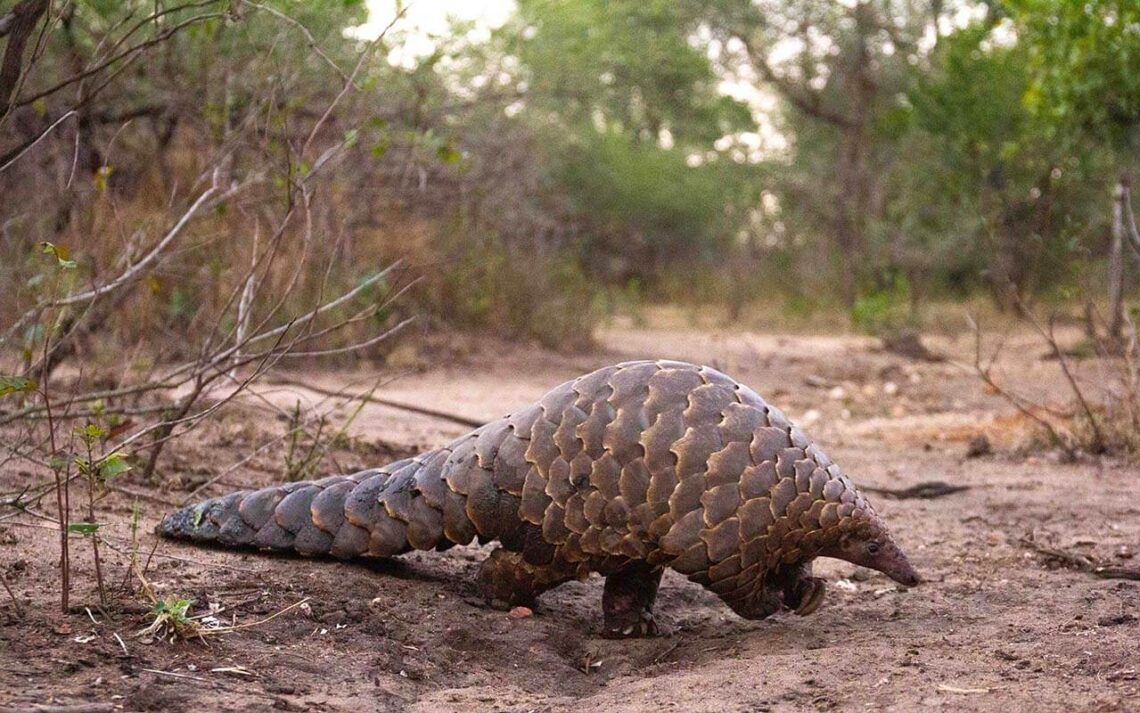If you a wildlife fanatic and have seen a pangolin in its natural habitat you have likely achieved a long-life dream. On every bush trip we have gone on Holly has spent hours scouring the veld in the hope of seeing her first pangolin. She was finally rewarded with a sighting one evening at Talamati Bushveld Camp in the Kruger National Park after much research into their movements and activity. Sadly the pangolin had already shuffled away and disappeared into the bush by the time I got there.
Dylan was the next lucky one in the family to interact with these fascinating mammals. His work at Majete Game Reserve in Malawi included the rescuing of poached pangolins held captive in neighbouring communities.
I have been extremely lucky and unlucky to have personally monitored these spectacular mammals. The pangolins I have come into contact with have come from the surrounding communities or been confiscated from poachers. Surprisingly enough many people continue to ask me what a pangolin is. The only way to save this iconic species is to educate people and create awareness.
Dylan
Pangolins
The pangolin is one of the most trafficked mammals in the world. The highest demand comes from Asia and more recently Africa. Captured for it’s scales the pangolin is in great danger. The scales or plates of keratin overlap and cover the animal’s upperparts. They form a protective armor against the jaws of large predators.

Pangolins are completely harmless and their protective armor is unfortunately no protection against the threat of humans. Loss of habitat, rampant poaching, electrocution through electrical fences and stress make these little mammals extremely vulnerable. They are widely distributed across Southern and East Africa in savannah woodland and Kalahari dune veld.
Pangolins are typically solitary animals, only coming together to mate for a brief moment. They are generally nocturnal. However, when found in the Kalahari, they tend to be diurnal in winter because of the cold temperatures at night. To conserve energy, these animals spend most of their time in a burrow or hidden under rocks making them incredibly difficult to see.

Where to now?
As a family we have developed a passion for these quirky mammals and aim to assist in their protection. Our range of Pango Apparel is in its infancy. For the time being we will be donating R50 to the Johannesburg Wildlife Veterinary Hospital and Rehabilitation facility with the sale of every Pango Peak!
Thanks to good friend Tracey Hadiaris for a brilliant “Pango” logo.

